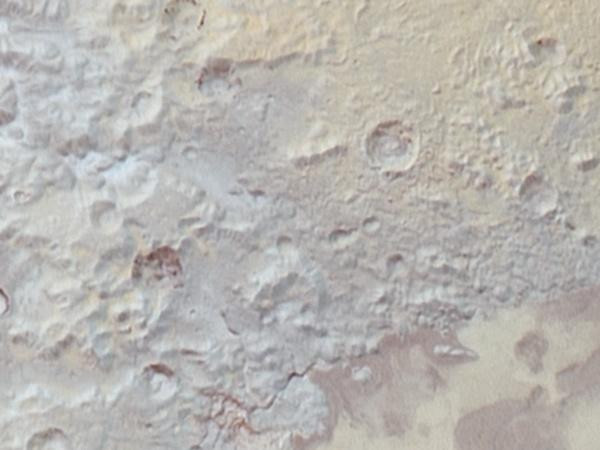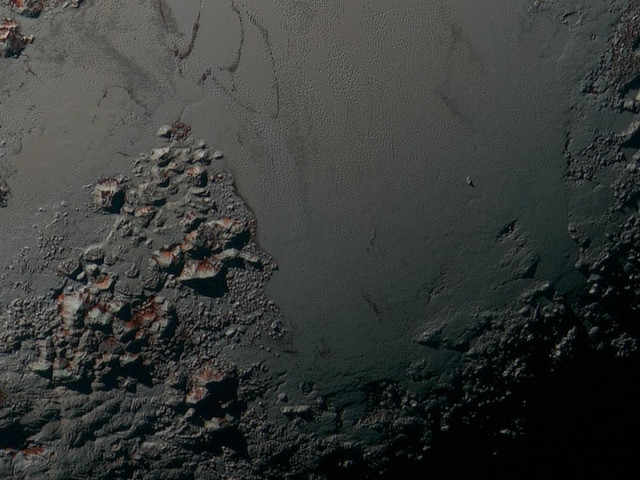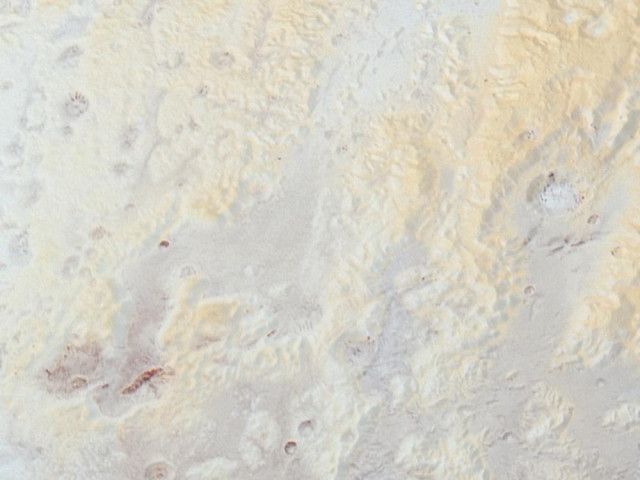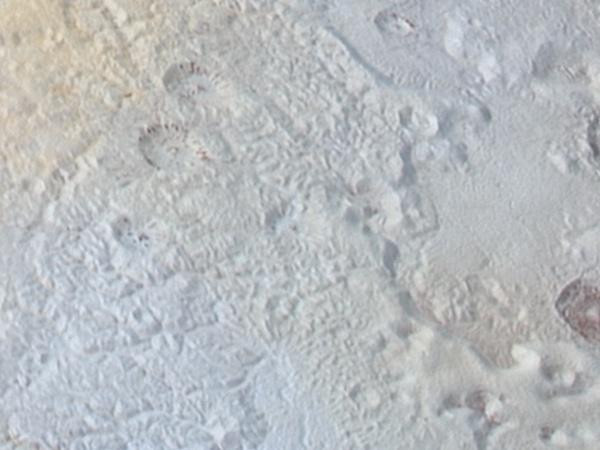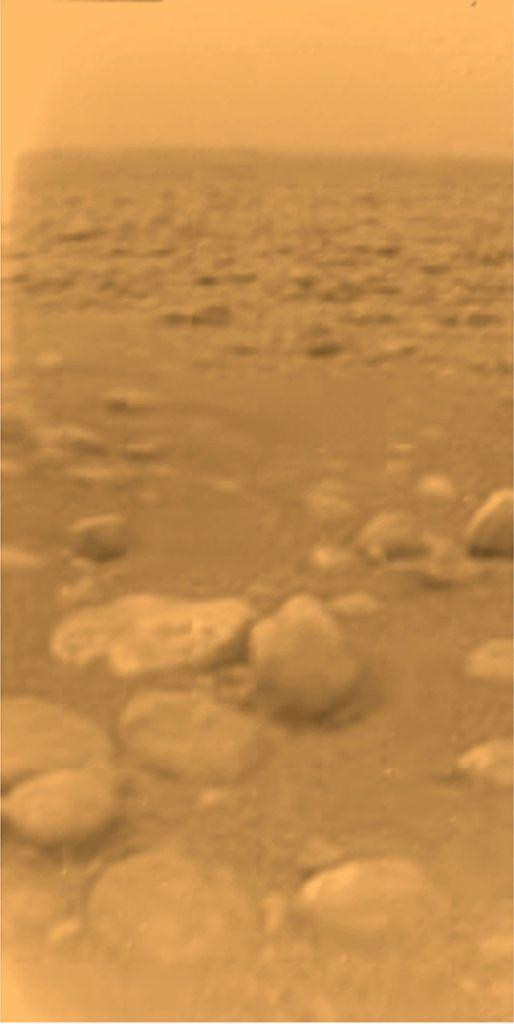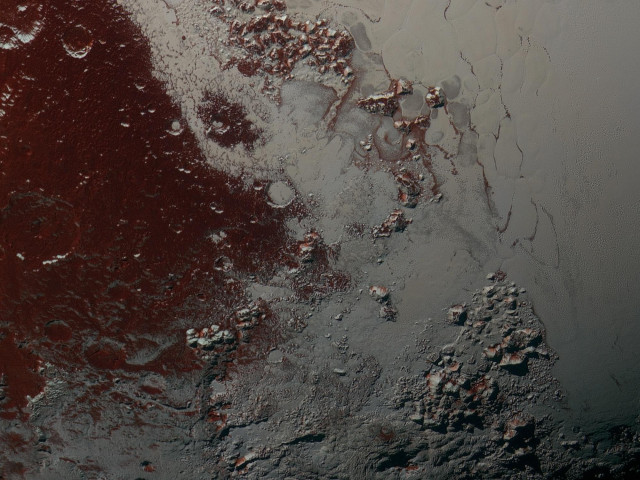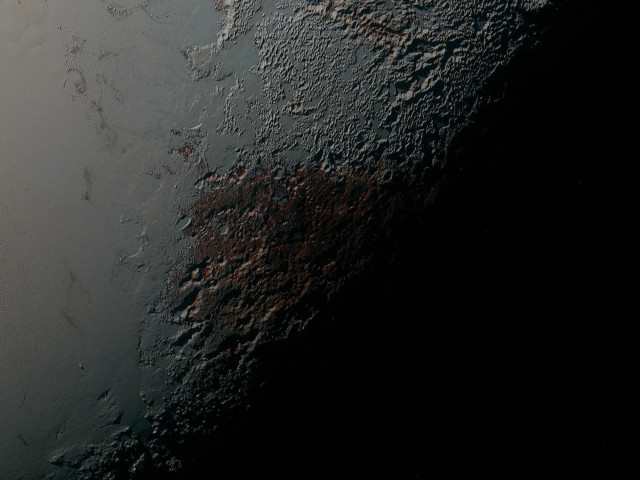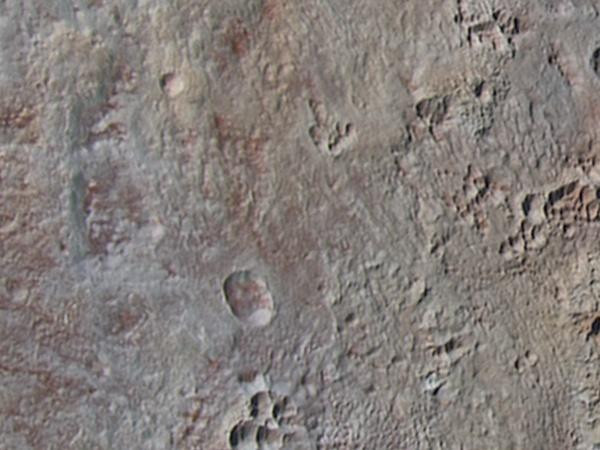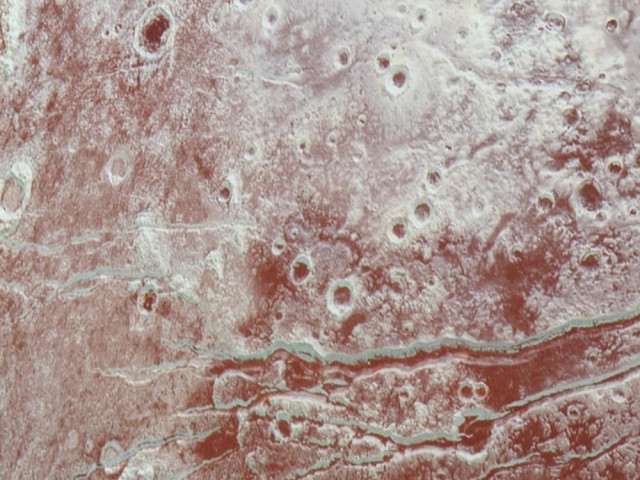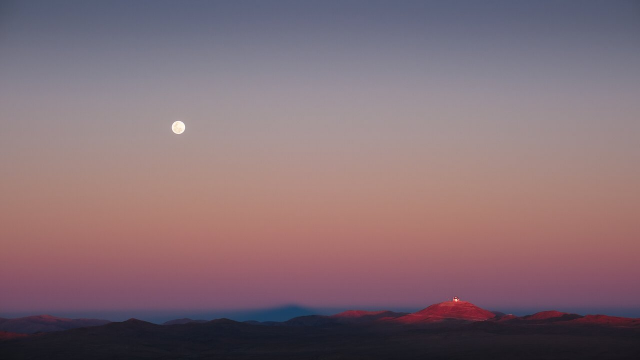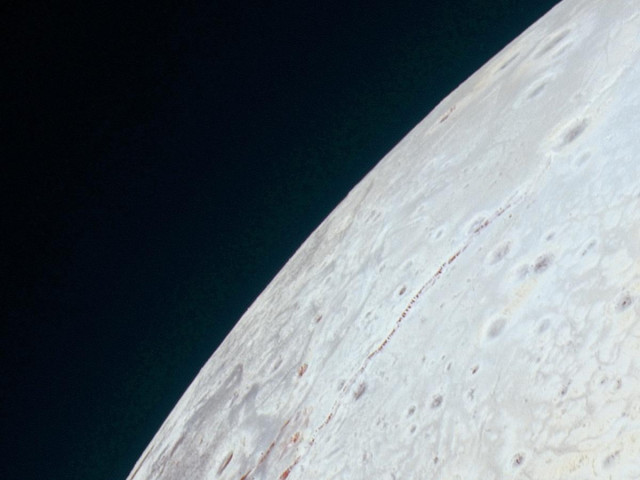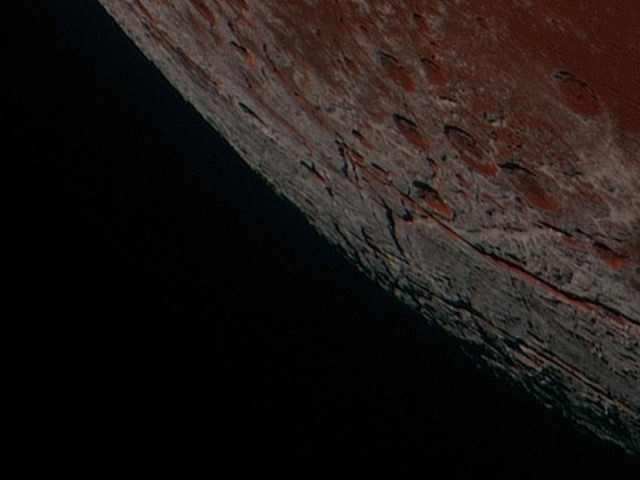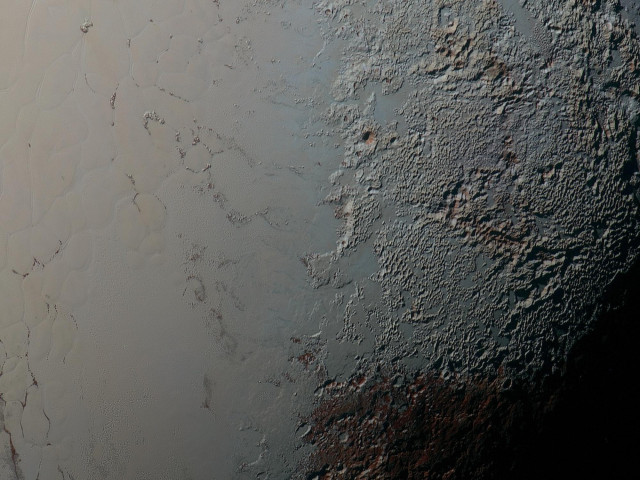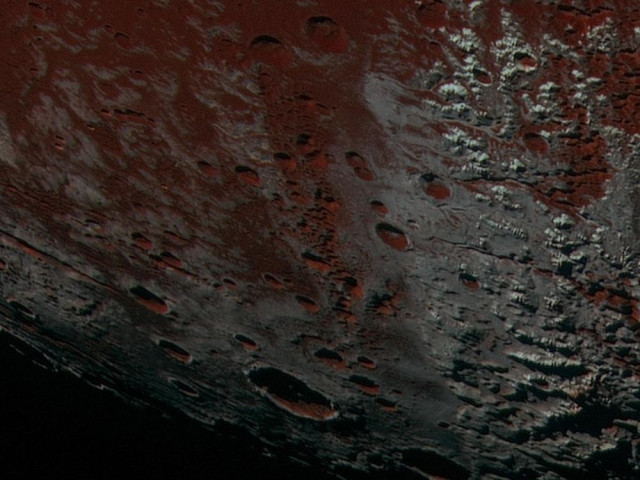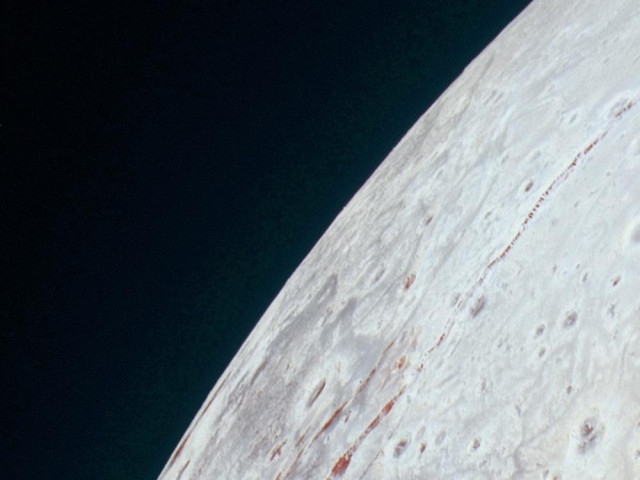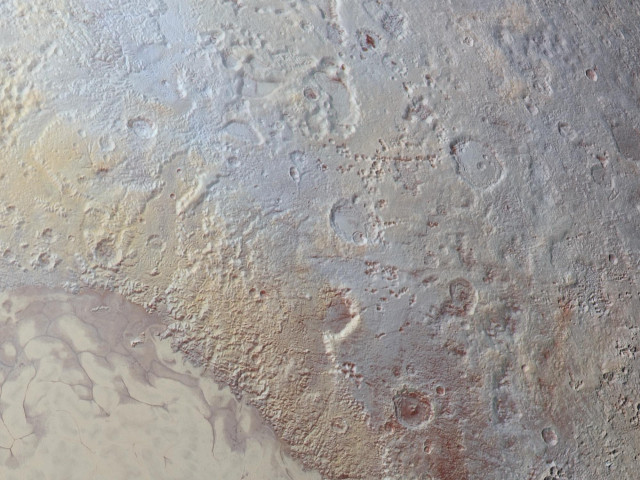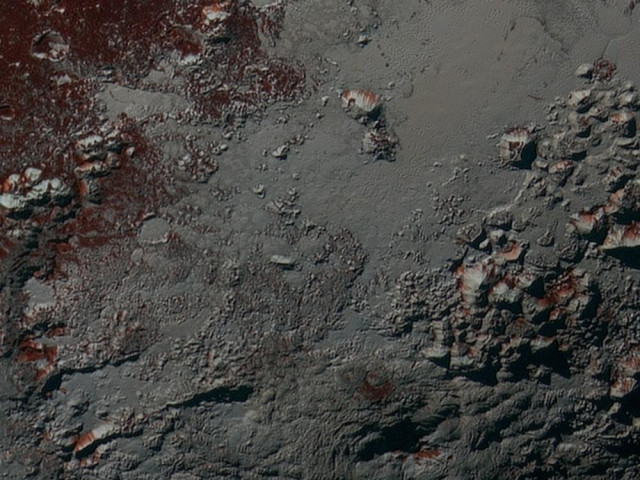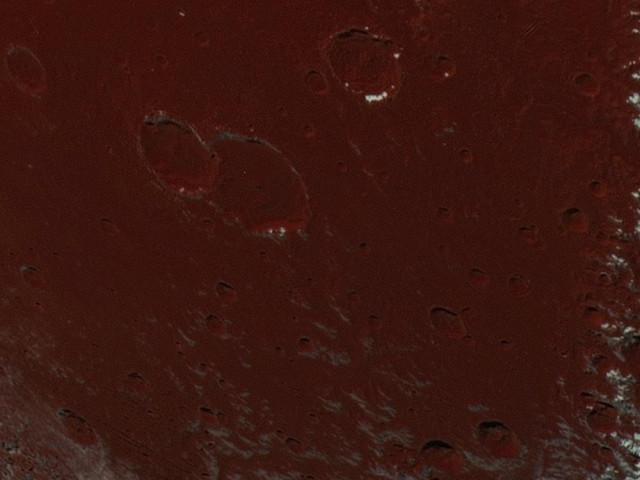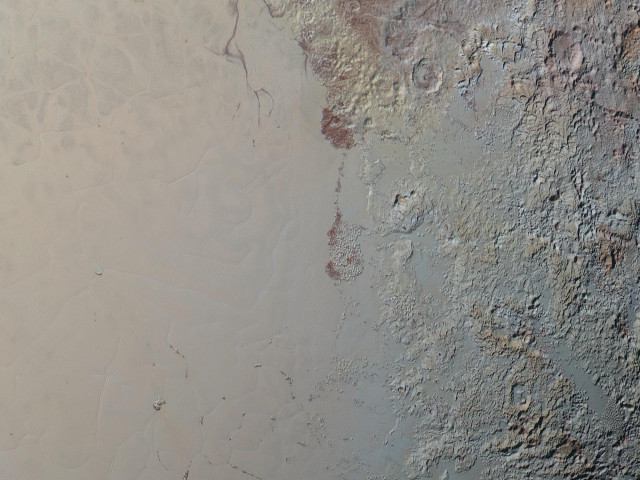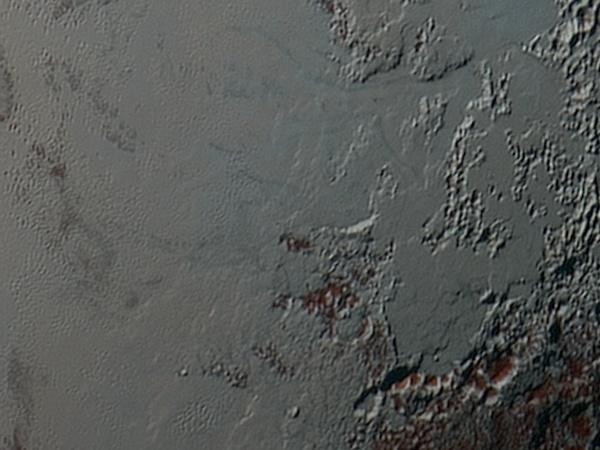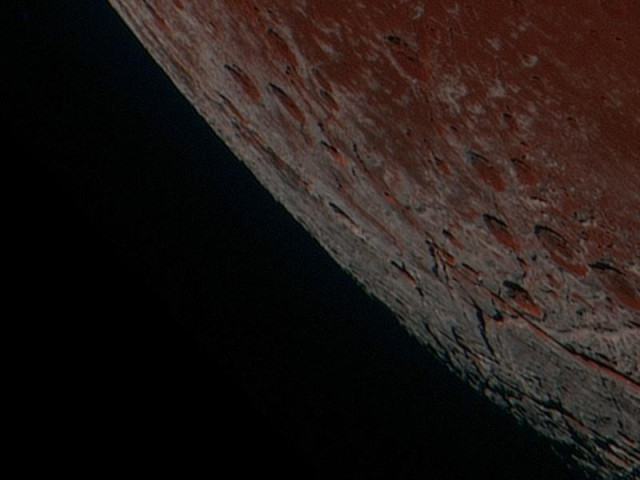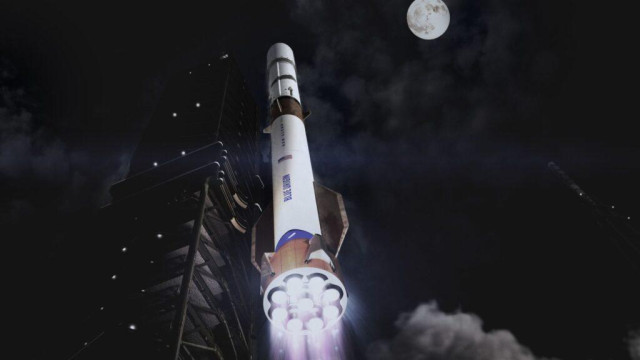Search
Items tagged with: Space
"As far as we know, no coordination or deconfliction with existing satellites operating in space was performed, resulting in a 200 meter close approach between one of the deployed satellites and STARLINK-6079 (56120) at 560 km altitude."
#PPOD: After a seven-year journey on board the Cassini spacecraft, ESA’s Huygens probe reached Titan’s surface, marking the most distant landing ever achieved by a spacecraft. During the descent, its cameras collected data on the dense atmosphere and took the first-ever images of the surface. These revealed an extraordinary world with lakes, islands, and erosion features similar to those that shape our planet, confirming that liquid methane once flowed there. Credit: ESA/NASA
Endless expanse 🤩
The full #Moon shines bright in the sky. Below it, the giant dome of our Extremely Large Telescope glows with the golden #sunset light of the Atacama Desert in #Chile.
The ELT dome might look small in the image, but the full 30-min walk via the set of stairs from the entrance of the dome to its top indicates its gigantic size: 80 m high and 93 m wide.
Read more: eso.org/public/images/potw2549…
📷 L. Sbordone/ESO
Astronomers have fully tallied where the universe’s normal matter actually is, and most of it isn’t in galaxies.
It’s spread through the intergalactic “cosmic web,” solving a long-standing mystery 💫
theconversation.com/most-norma…
#space
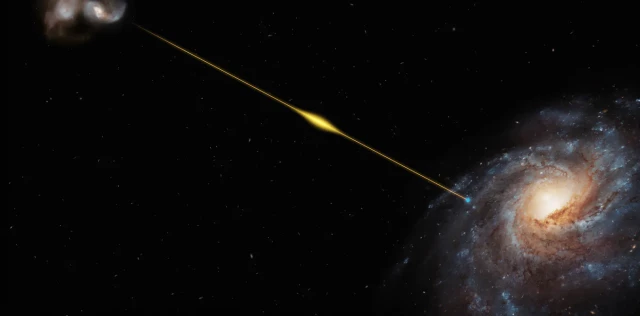
Most normal matter in the universe isn’t found in planets, stars or galaxies – an astronomer explains where it’s distributed
Most of the universe is made up of dark matter and dark energy. The majority of everything else is dispersed throughout space as tiny particles.The Conversation
Trump's NASA pick to tell senators he wants to speed lunar return, back nuclear propulsion to beat China
reuters.com/business/aerospace…
More: hype.aero/coverage/space-polic…
#nasa #space
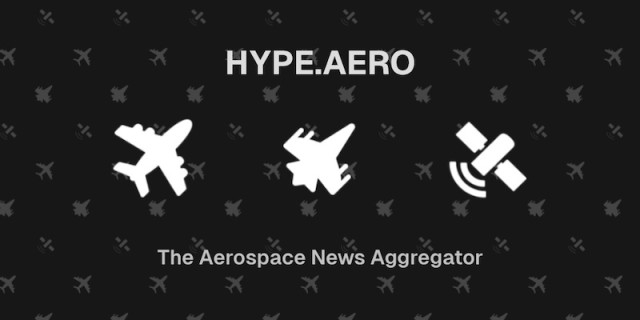
Space Policy & International Cooperation News
The latest Space Policy & International Cooperation news – aggregated with the power of AI.Aerospace News by Hype
Ooh, cheers to @davidgerard for cluing me into:
taranis.ie/datacenters-in-spac…
Which is all about why you don't want data centres in space. I knew some bits, but there's so much more!
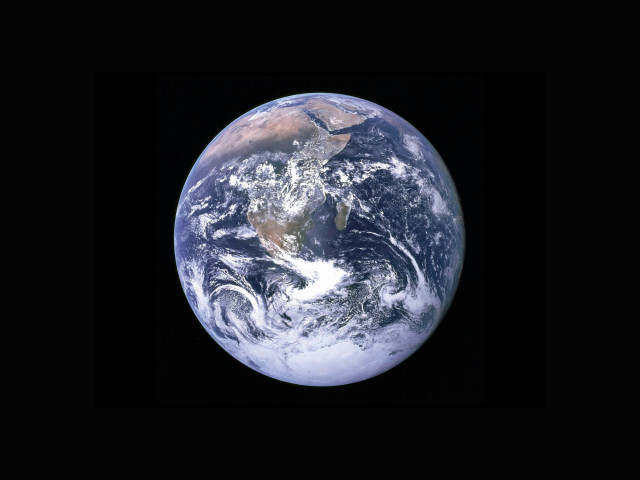
Datacenters in space are a terrible, horrible, no good idea.
There is a rush for AI companies to team up with space launch/satellite companies to build datacenters in space. TL;DR: It's not going to work.Taranis
Big #ESA news:
▶️ esa.int/About_Us/Corporate_new…
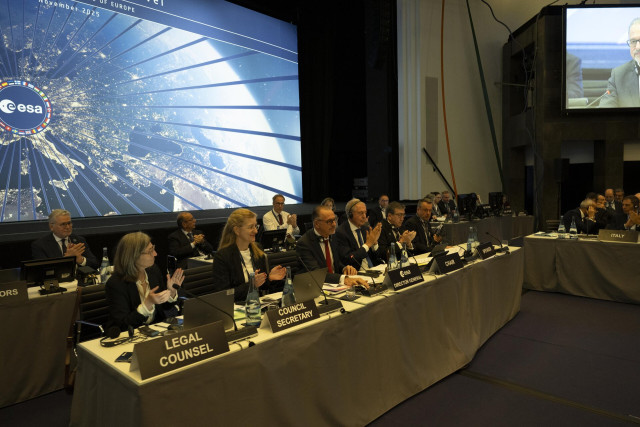
ESA Member States commit to largest contributions at Ministerial
The largest contributions in the history of the European Space Agency, €22.1 bn, have been approved at its Council meeting at Ministerial level in Bremen, Germany.www.esa.int
Three objects spotted by James Webb Space Telescope may be dark stars: massive, luminous and powered by dark matter annihilation.
If confirmed, they could reshape theories of early star formation ⭐ theconversation.com/when-darkn… #space #science
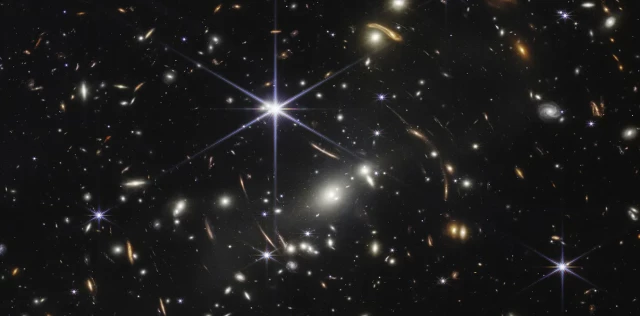
When darkness shines: How dark stars could illuminate the early universe
Some unique ‘stars’ might be fueled by dark matter annihilation.The Conversation
📡 Voyager 1 Is About to Reach One Light-day from Earth
「 Launched in 1977 to explore Jupiter and Saturn, Voyager 1 entered interstellar space in 2012, becoming the most distant human-made object ever. Traveling at around 11 miles per second (17.7 km/s), it adds roughly 3.5 astronomical units (the distance from Earth to the Sun) each year 」
scienceclock.com/voyager-1-is-…
#voyager #space #spaceexploration #science
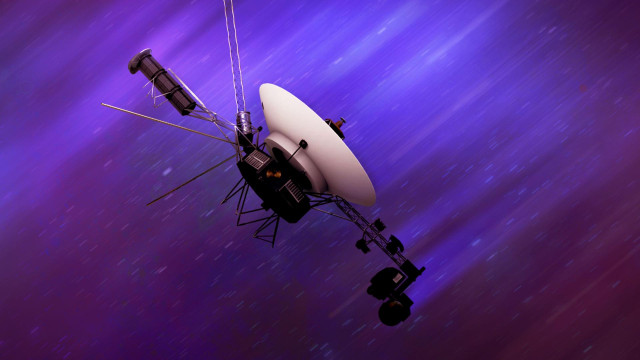
Voyager 1 Is About to Reach One Light-day from Earth
After nearly 50 years in space, NASA’s Voyager 1 is about to hit a historic milestone. By November 15, 2026, it will be 16.1 billion miles (25.9 billion km)Piyush Gupta (ScienceClock)
Jeff Bezos' Blue Origin will build a 'super heavy' version of its powerful New Glenn rocket -
Blue Origin plans to build an even more powerful version of its partially reusable New Glenn rocket, which aced its second-ever launch just last week.United States

